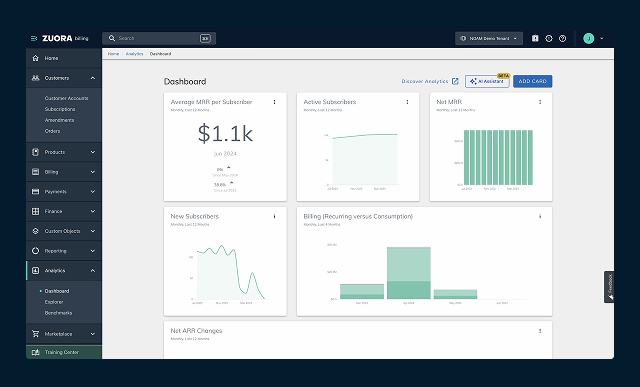Enterprises need more mission-critical applications and services, they need more expansive data fabric layers, they need more beautifully connected and integrated interfacing structures and they need more granular control over the minutiae of detail associated with managing the ‘new’ world of containerized microservices and the orchestration responsibilities that come with them.
They also need more AI.
Because enterprises now need to build an increasing amount of Artificial Intelligence (AI) powered functions driven by increasingly sophisticated Machine Leaning (ML) functions, there is a clear and pressing requirement to develop a huge amount of causal, predictive and of course generative AI… and now at scale too.
Working to enable easier Retrieval Augmented Generation (RAG) application development for software engineers using visual workflows with reusable components and the advantage of one-click-deploy automation now is Santa Clara headquartered vector database and gen-AI company DataStax.
DataStax acquires Langflow
The firm has now announced news confirming that it has entered into a definitive agreement to acquire AI startup, Logspace, the creators of Langflow, a popular open source visual framework for building RAG applications.
Langflow makes it 100x easier and faster for any developer—experienced or new—to build generative AI applications using Python-based composable building blocks and pre-built components, which can be combined in numerous ways. With its easy-to-use, drag-and-drop visual environment and rapid iteration of data flows, Langflow makes it simpler for any developer to build LangChain-based RAG applications and deploy in one-click.
“We are laser-focused on providing developers with tools that enable them to easily build RAG applications with the simplest and fastest path to production,” said Chet Kapoor, CEO and chairman of DataStax. “This acquisition is transformative to us and transformative to the industry. Langflow is an incredibly hot AI startup and our work with them will put us front and center for all RAG application development–it’s not just a tool or framework, it’s a vibrant ecosystem where developers are building, selling and reusing AI components that are going to shape the next generation of AI applications.”
Rich ecosystem
Developers benefit from a rich ecosystem that builds, shares and reuses components with each other in the Langflow Store–a place to publish and search for components built by the community. With this, they can quickly test, reuse and share flows to iterate on RAG applications with fine-grained control to dramatically speed up deployment and reduce hallucinations within minutes instead of weeks.
“We couldn’t be more excited about joining the DataStax team and supercharging our ability to grow the Langflow platform, bringing it to more researchers, developers, enterprises and entrepreneurs working on generative AI applications,” said Rodrigo Nader, CEO, Langflow. “With DataStax, we will be fully focused on the execution of our product vision, roadmap and community collaboration and will continue to add to the greatest breadth of integrations across different AI ecosystem projects and products–including more data sources and databases, models, applications and APIs.”
The combination of Langflow and DataStax creates a one-stop Generative AI application stack offering flexible deployment options, including integration with DataStax Astra DB, alongside a rich ecosystem of Python libraries and integration with partners like LangChain.
“Langflow’s visual framework is a revelation. It will accelerate our testing and iteration cycles, unlocking productivity on LangChain based apps,” said Jan Schummers, senior software engineer, WinWeb. “Langflow simplifies wiring up components and with its prebuilt connections and visual tools, we can experiment and iterate with unprecedented speed. This will transform our RAG application development, letting us focus more on creativity and less on complexity.”
The Langflow team will operate independently, focusing on project innovation and community collaboration.




